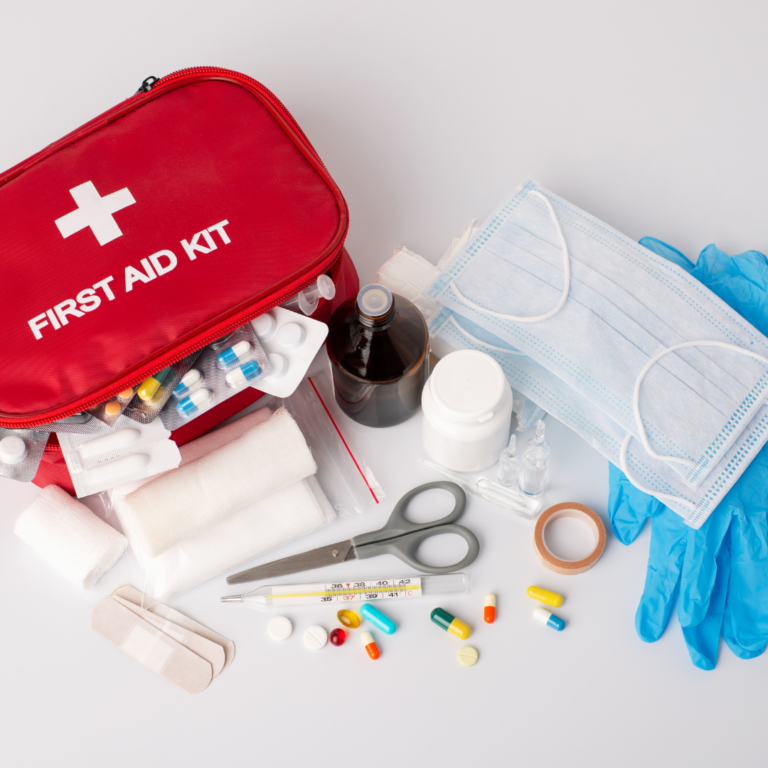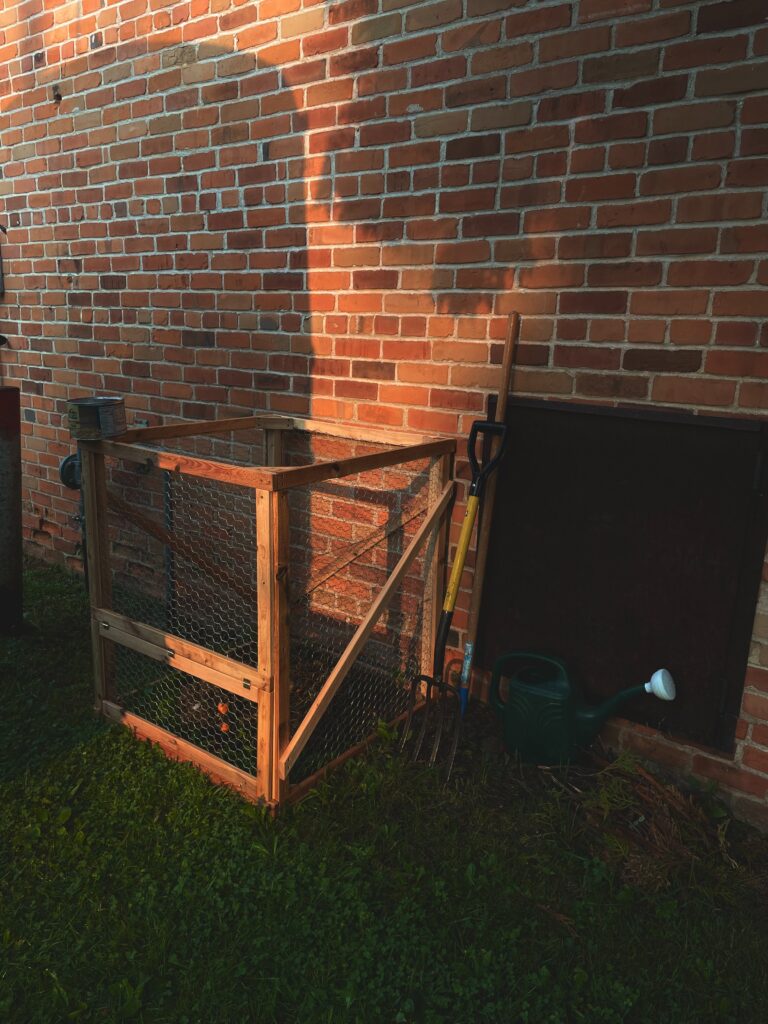How to Level a Garden
This post may contain affiliate links. Read the full disclosure here.
Gardening is a wonderful hobby that yields a number of benefits: you can spend more time in nature and produce your own food. It can also be a source of frustration. One problem many gardeners face is dealing with an uneven garden.
If your garden is sloped, has high and low spots, or is just generally unlevel, it can be more difficult to maintain. Fortunately, there are ways to level out your garden and make it more manageable. With a little time and effort, you can have a beautiful, level garden that you can be proud of. T
Problems with an Unlevel Garden
The reason it’s important to level your garden is that an uneven surface can cause a number of problems.
For one, it can be difficult to mow or cultivate an unlevel garden. Uneven ground can also make it harder to install features like raised beds or fences.
In addition, an unlevel garden can lead to drainage problems. If water doesn’t drain properly, it can pool in low spots and lead to flooding. This can damage your plants and make it difficult to grow anything in your garden.
Signs Your Garden Needs to Be Leveled
It might be time to level your garden if you notice any of the following problems:
- Your plants are dying for no apparent reason.
- You have trouble moving or cultivating your garden.
- Water pools in low spots and doesn’t drain properly.
- You’re having difficulty installing features like raised beds or fences.
- You can see visible dips or high spots in your garden.
Supplies for Leveling Your Garden
Leveling your garden is a relatively easy process, but it does require some supplies.
First, you’ll need a level. This will help you identify how much your garden needs to be raised or lowered in order to create a level surface.
Next, you’ll need soil to fill in low spots. Topsoil with compost is a good option. You may also need to remove soil from high spots in order to create a level garden.
Finally, you’ll need something to mark the boundaries of your garden. This can be anything from string to spray paint.
Finally, you’ll need a shovel and a rake to help you move the material around and create a level surface.
Preparing to Level Your Garden
To prepare for leveling your garden, you’ll need to do the following:
1. Remove all plants, debris, and obstacles from the area you’ll be working on. This includes things like rocks, roots, and stumps.
2. Use a shovel or tiller to loosen the soil in the area you’ll be working on. This will make it easier to level the ground.
3. Use a rake to break up any clumps of dirt and remove debris from the area.
4. Once you’ve prepped the area, you’re ready to start leveling.
How to Level Your Garden
When you’re ready to level your garden, follow these steps:
1. Start by determining which direction water will drain in your garden. This is important because you’ll want to make sure water drains away from your house and other structures.
2. Use a level to find the high and low points in your garden. You can place 2x4s on the ground so you have a surface to measure. Make marks at these points so you know where to start and stop leveling.
3. Begin by filling in any low spots with dirt. Use a shovel to add dirt to the area until it’s level with the surrounding ground.
4. Once you’ve filled in the low spots, you can begin leveling the high spots. To do this, use a shovel to remove dirt from the area until it’s level with the surrounding ground.
5. Once you’ve leveled the entire area, use a rake to smooth out the ground.
6. Use the level to check your work and make sure the area is level.
7. Once you’re satisfied with the results, you’re ready to plant your garden.
Follow these steps and you’ll have a beautiful, level garden in no time.
Additional Tips for Leveling Your Garden
Here are a few additional tips to keep in mind when leveling your garden:
If you’re having trouble leveling a large area, break it up into smaller sections. This will make the process easier and help you avoid getting overwhelmed.
Don’t be afraid to ask for help. If you need assistance, reach out to family, friends, or neighbors.
Don’t forget to consider drainage. Good drainage is essential for a healthy garden. Be sure to add it before you plant anything.
Frequently Asked Questions
Q: What is the best time of year to level a garden?
A: The best time of year to level a garden is in the fall. This will give you plenty of time to prepare your garden for planting. Spring is another good option.
Q: Do I need to remove all of the plants from my garden before leveling it?
A: Yes, you’ll need to remove all plants, roots, and debris from the area you’ll be working on. This will help ensure that your garden is level.
Q: Can I level my garden myself?
A: Yes, you can level your garden yourself. Just be sure to follow the steps outlined in this article.
Q: What do I need to level my garden?
A: To level your garden, you’ll need a level, soil, and something to mark the boundaries of your garden. You also need a shovel and a rake.
Q: What’s the difference between leveling and tilling?
A: Leveling is the process of creating a flat, level surface. Tilling is the process of breaking up the soil so it’s easier to plant in. Both are important for creating a healthy garden.
Q: Do I need to level my garden if I’m just planting grass?
A: Leveling any part of your yard is a good idea. This will help ensure proper drainage and prevent problems with your grass.
Q: Can I level my garden with a lawn mower?
A: No, you should not use a lawn mower to level your garden. This could damage your lawnmower and likely won’t work very well.
Leveling your garden is an important step in creating a healthy and beautiful environment for your plants to thrive. By following the steps outlined in this article, you can easily level your garden yourself. For more helpful guide and how=to’s, make sure to subscribe to Living Bite Sized!

Photo by Lena Mytchyk on Unsplash
See our Airstream Remodel Reveal here!






